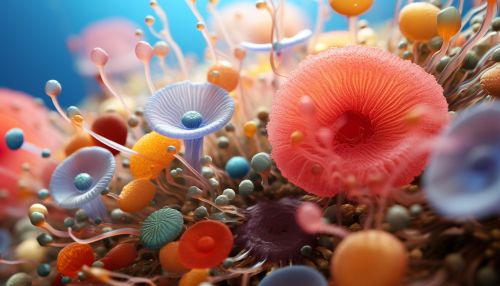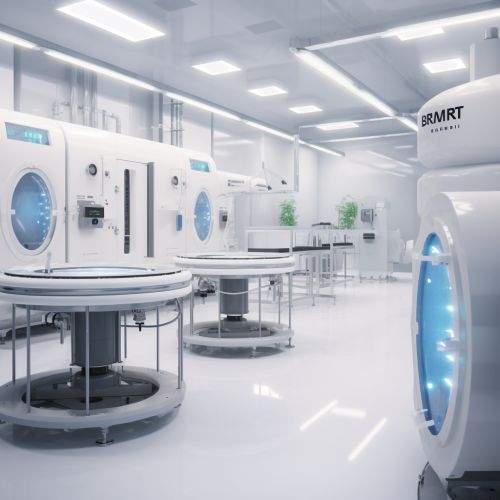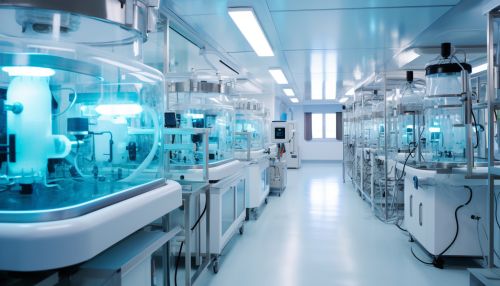Microbial biotechnology
Introduction
Microbial biotechnology refers to the use of microorganisms and their metabolic processes to create new technologies and products that can improve our lives and the health of our planet. This field is a fusion of several disciplines, including genetics, microbiology, immunology, and more, and it has applications in areas such as healthcare, agriculture, food production, and environmental conservation.


History and Development
The roots of microbial biotechnology can be traced back to the earliest forms of fermentation, but the field as we know it today began to take shape in the 20th century. The discovery of penicillin by Alexander Fleming in 1928 marked a significant milestone in microbial biotechnology, demonstrating the potential of microorganisms to produce substances of medicinal value.
The development of recombinant DNA technology in the 1970s marked another turning point. This technology, which involves the transfer of DNA from one organism to another, paved the way for the genetic manipulation of microorganisms, enabling them to produce a wider range of substances.
Microbial Biotechnology in Healthcare
In healthcare, microbial biotechnology has been instrumental in the development of antibiotics, vaccines, and other therapeutic agents. Microorganisms are used to produce a variety of bioactive compounds, including antibiotics, antitumor agents, and immunosuppressants.
For instance, bacteria of the genus Streptomyces are known to produce over two-thirds of the clinically useful antibiotics of natural origin, including streptomycin and tetracycline. Similarly, the yeast Saccharomyces cerevisiae, or baker's yeast, has been genetically engineered to produce human insulin, a breakthrough that has revolutionized the treatment of diabetes.
Microbial Biotechnology in Agriculture
In agriculture, microbial biotechnology is used to enhance crop productivity and protect crops from pests and diseases. Certain bacteria, such as those belonging to the genus Rhizobium, have the ability to fix atmospheric nitrogen, enriching the soil and promoting plant growth. Other bacteria, such as Bacillus thuringiensis, produce toxins that are lethal to certain pests, providing a biological alternative to chemical pesticides.


Microbial Biotechnology in Food Production
Microbial biotechnology plays a crucial role in food production, particularly in the fermentation of food and beverages. For instance, the lactic acid bacteria used in the production of yogurt and cheese not only enhance the taste and texture of these products but also offer health benefits by promoting gut health.
In recent years, the advent of genetic engineering has expanded the role of microbial biotechnology in food production. For example, genetically modified yeast is now used to produce wine with lower alcohol content or to enhance the nutritional profile of certain foods.
Microbial Biotechnology in Environmental Conservation
Microbial biotechnology also has significant applications in environmental conservation. Microorganisms are used in the treatment of wastewater, the degradation of pollutants, and the generation of renewable energy.
For example, certain bacteria are capable of degrading oil and are used in the cleanup of oil spills. Similarly, microorganisms are used in the production of biofuels, offering a sustainable alternative to fossil fuels.
Future Directions
The future of microbial biotechnology looks promising, with ongoing research exploring new and innovative applications. One such area is the use of microorganisms in the production of bioplastics, which could offer a more sustainable alternative to conventional plastics. Another area of interest is the use of genetically modified microorganisms in the fight against climate change, for instance, by capturing and storing carbon dioxide.


